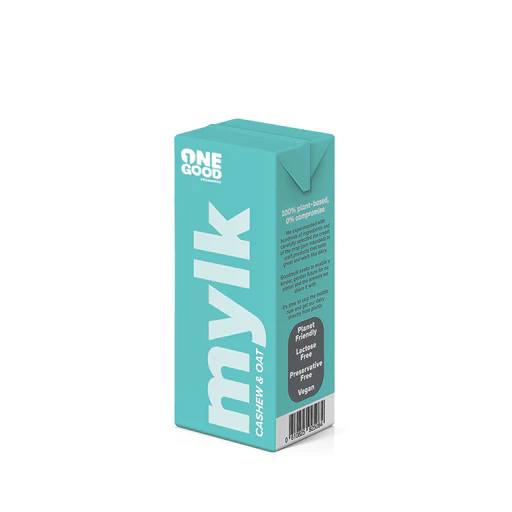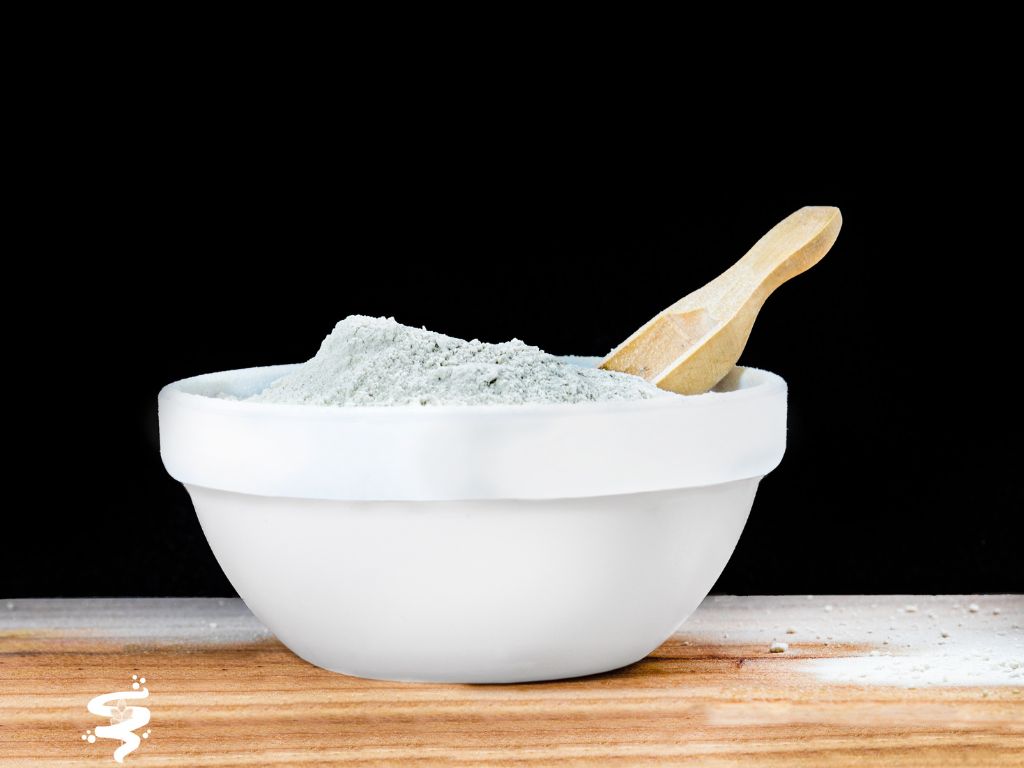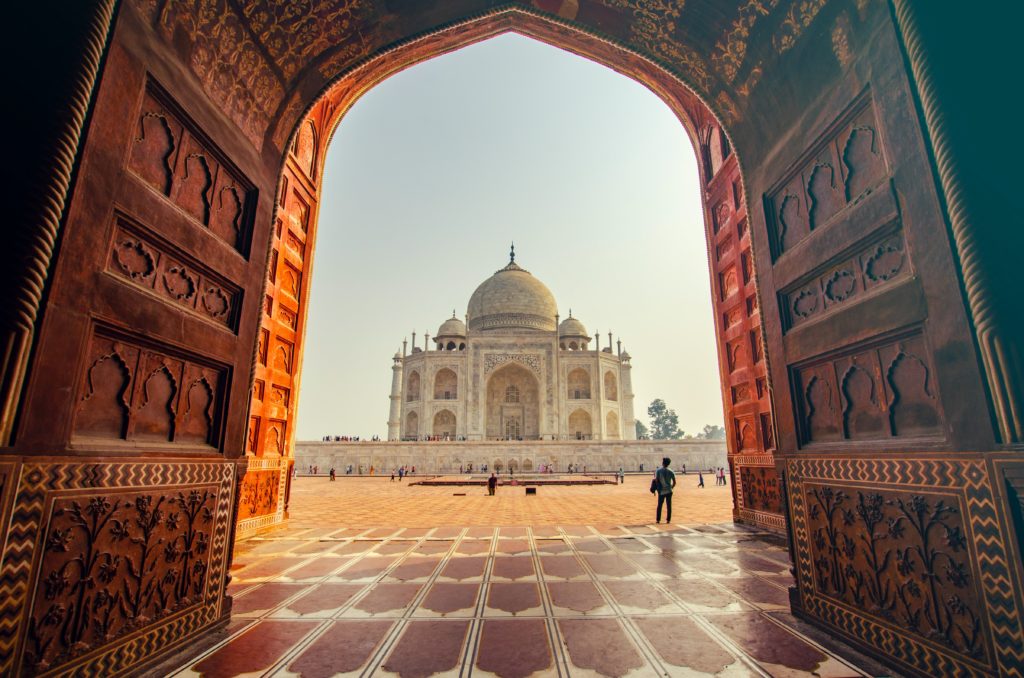RT-PCR test would be made mandatory for international passengers arriving from China, Japan, South Korea, Hong Kong and Thailand
-
This is the second time the former Congress president has joined the yatra that began in September last year from Kanyakumari
-
Defence minister Rajnath Singh said he was deeply pained by the loss of lives of Indian Army personnel due to a road accident
This post was originally published on The Asian Age | Home.
-
The members, citing the festive season and New Year celebrations, requested to end the proceedings early
This post was originally published on The Asian Age | Home.
-
Mansukh Mandaviya holds meeting with state health ministers over rising Covid cases in some countries
This post was originally published on The Asian Age | Home.
-

3 Mins Read
Following its acquisition of plant-based nutrition brand Pro2fit earlier this year, India’s leading plant-based dairy brand One Good has added Angelo Vegan Cheese to its portfolio.
“One reason we are excited about having Angelo Vegan Cheese on board is because it aligns with our pursuit of making products that are delicious, functional, and have clean ingredients,” One Good (formerly Goodmylk,) said in a LinkedIn post about the acquisition.
India’s best vegan cheese
“Angelo is India’s best vegan cheese. We are excited to bring these products to our customers everywhere. We’ve assembled a basket of great products, and we’re working really hard to get them everywhere,” One Good co-founder Abhay Rangan said in a statement.
The move is part of One Good’s goal of becoming the leading dairy-free producer in India.

One Good is aiming to be the biggest name in India’s alt-dairy category | Courtesy Angelo Vegan Cheeses come in four styles are made with fresh and clean-label ingredients and include products developed specifically for commercial-scale applications, such as in pizza and lasagna as well as in classic Indian dishes including dosa.
One Good says its peanut curd is being used in the cheeses already. “You’ll be amazed at how rich and flavourful each bite is, with a texture that will leave you wondering if it’s too good to be true,” the company said.
“Adi — [Angelo Vegan’s founder] — isn’t just a talented cheese maker, he’s also incredibly passionate about veganism, sharing our same values and drive to make vegan products mainstream,” One Good said in the post.
One Good says the Angelo cheese will initially be available in Bangalore, Mumbai, Delhi NCR, Chennai, and Hyderabad, with plans to launch in retail coming soon. One Good has already started selling the cheese in its hospitality and food services channels.
India’s palate for plants
Alt-dairy is booming across the country known for its love of conventional dairy. In November, Phyx44 nabbed $1.2 million in Seed funding for its precision fermentation technology. The Bangalore-based Phyx44 says it’s using precision fermentation to create whey and casein that can disrupt India’s dairy industry with products that perform like cow’s milk.

Phyx44’s precision fermentation dairy | Courtesy The merger comes as India is set to see some of the biggest category growth for vegan food in 2023 as demand continues to rise. Earlier this month, Mumbai-based Another Foods announced a new plant-based chicken made specifically for food service to support the demand across India’s hospitality and restaurant industries.
The post One Good Acquires India’s ‘Best’ Vegan Cheese Brand appeared first on Green Queen.
-
Random sample testing for coronavirus will be conducted at airports for international passengers arriving from China and other countries
This post was originally published on The Asian Age | Home.
-
DELHI: The Indian government is likely to reintroduce restrictions to stem the spread of the Covid-19 virus in the country, media reports suggest.
Quoting sources, the Economics Times reported that Indian travelers returning from abroad during the current holiday season, Christmas and New Year are advised to take specific precautions to prevent new strains of the deadly infection from entering the country.
Health Minister Mansukh Mandaviya announced some new rules to limit the spread of Covid in the country and announced regulations.
Union Minister Mansukh Mandaviya tweeted to the public: “COVID is not over yet. I have directed all concerned to be alert and strengthen surveillance.”
VK Paul , a member of the NITI Aayog Covid Task Force, also issued an important statement advising people to wear masks in crowded places. He further added that international air travel guidelines have not changed at this time.
In addition, the Health Minister is expected to address the media on COVID-19 cases in India, and travel guidelines for international passengers may be implemented. It should be noted that masks are not yet compulsory in the country.
Meanwhile Federal Health Minister Rajesh Bhushan issued a notice Tuesday evening to all states to prepare for genomic sequencing of all positive Covid samples in the region for early detection of new variants.
Despite an explosion of Covid cases in China and other countries, India has kept the number of coronavirus cases under control for the time being, with just 131 new cases recorded today. The health ministry said there was no need to be alarmed just yet.
The post India to reintroduce covid-19 restrictions to stem the spread of pandemic first appeared on VOSA.
-
Three MPs from Rajasthan have flagged concerns and requested the minister that Covid protocols be strictly followed during the march
This post was originally published on The Asian Age | Home.
-
Centre urged all states and union territories to ramp up the whole genome sequencing of positive samples to keep track of newer variants
This post was originally published on The Asian Age | Home.
-
Modi also asked the BJP MPs during the parliamentary party meeting to promote sports meets with a special focus on Indian games like kabaddi
This post was originally published on The Asian Age | Home.
-
According to officials of the ASI, a notice for water tax and one for property tax has been issued
-
Controversy over Mallikarjun Kharge’s ‘dog’ remark
-
The external affairs minister said it was the commitment of the Indian Army to not allow China to change the LAC unilaterally
This post was originally published on The Asian Age | Home.
-
Obstacles such as corruption, discrimination, violence and vote bank politics were removed, the PM said in his 26-minute speech
This post was originally published on The Asian Age | Home.
-
Shah said Modi visited the region over 50 times during the past eight years and laid out the roadmap for the region’s progress
This post was originally published on The Asian Age | Home.
-
The Union home minister made the assertion when some of the states, including Bengal, blamed the BSF for border crimes like smuggling
This post was originally published on The Asian Age | Home.
-
Prime minister to partcipate in golden jubilee celebration of North-Eastern Council
This post was originally published on The Asian Age | Home.
-
Russia said that “at the request of PM Modi, President Putin gave a fundamental assessments of Russia’s line on the Ukrainian direction”
This post was originally published on The Asian Age | Home.
-
Lt Gen Kalita underlined that the border situation on the Northern frontiers has been stable and under the firm control of the Indian army
This post was originally published on The Asian Age | Home.
-
Soon after the incident, local residents took to the streets and pelted stones on the camp to protest the killings outside the Army camp
This post was originally published on The Asian Age | Home.
-
Controversies have also been part and parcel of the yatra, with the Congress and the BJP trading barbs on several occasions
This post was originally published on The Asian Age | Home.
-
CM Nitish stood his ground maintaining that prohibition was not his personal wish but a response to the cries of the women of the state
This post was originally published on The Asian Age | Home.
-
Country hosted Osama bin Laden and attacked a neighbouring Parliament does not have the credentials to ‘sermonize’ at UNSC, asserted India
This post was originally published on The Asian Age | Home.
-
Narendra Modi heaped praise on the party’s state unit, especially its president C.R. Paatil for the party’s victory
This post was originally published on The Asian Age | Home.
-
After the collapse of the USSR, life, especially those of the womenfolk, reportedly became miserable in some of the erstwhile ‘states’ — now free countries — of the Soviet Union.
Stories, such as women selling sex to survive, became common in those places. I remember having read a story of a mother and her plight. She however, was not selling sex. Her daughter was in a hospital. The authorities there gave her a prescription that included needed medical equipment too. She had to buy those, as mostly happened in India too, even in government-run hospitals, at times. She had no money. When she came back to the hospital after ‘arranging’ for the prescribed drugs and possibly equipment — needless to say some considerable and vital time had elapsed — she was told that her daughter had expired!
What have these case studies to do with India and Indian women?
The USSR was a communist state. India as per her constitution is a socialist state. It has been said that the difference between communism and socialism is “not of kind, but of degree”. The political detractors — at least a handful of those — in this country would love to amend the constitution and do away with an amended import, ‘socialist’, an adjective (as per its use in the Constitution) that the Indian Constitution gives our country, in marketing parlance, a ‘positioning’.
If one goes through the newspapers published in the country, including those published in English, one would definitely stumble upon this debate — the validity of India staying ‘socialist’ — in which ‘noted intellectuals’ have taken part.
Another adjective, as used in the constitution, which gives India a ‘positioning’ in the eyes of the world is ‘secular’. According to both politicians and intellectuals, especially those that wear a certain colour — needless to say which — secularism in this country is under ‘threat’.
Now, one may ask what this debate concerning the constitution of the country and the political accusations and counter-accusations have to do with the country’s womenfolk?
Cut to 2014. Odisha. This writer in his official capacity — a journalist working in a prominent English language daily published from that state – was interacting with the law keepers of the Capital City — Bhubaneswar — of that state. During the conversation the following fact came to light:
Police nabbed 11 girls from a hotel at Bapuji Nagar in Bhubaneshwar. They reportedly were running a ‘honey camp’ from the hotel. All the 11 girls, police sources said, were from the neighbouring state of West Bengal and a few small-time actors were among those arrested by the police.
It may be noted that the Left-run government in West Bengal was ‘swept’ out of power in 2011 by Mamata Banerjee, who was then one of the 100 most powerful personalities in the world according to Time magazine, after a 34-year stint in office. What is happening in West Bengal under her stewardship now is for everyone to see and comment!
One may ask what are you driving at? One may even ask, after 34-years of ‘glorious’ rule the government falls and within two years of that girls, all aged between 20 and 25 years, in search of ‘decent’ livelihood get nabbed from a hotel in a neighbouring state. Then who is responsible? Sure, there is both an obvious and not-so-obvious answer to this question.
Let’s not go into politics. Let’s concentrate on the ‘case studies’ happening around us in this world. Are we not global citizens today, affected by the ‘global’ pandemic? The case studies stated above therefore are ‘glocal’ in nature. Aren’t they? And what are they pointing at? The answer is obvious.
Now one may say, “So what? These are just two or three ‘stray’ incidents — ‘stories’ in journalistic parlance”. Well, if you want to wear the hat of ‘complacency’ and behave like a camel caught in a desert storm (a camel reportedly hides its head, obviously in its body, and thinks it is saved) you are welcome. But then I will request you to remember the rape of the Dalit women, including teenagers that keep happening in the country. Do not say you have forgotten the ‘Nirvaya’ or the Hathras victims. Do not say that you have forgotten the Bagtui victims in West Bengal. The hapless, including women, were burnt alive in West Bengal, not so long ago.
Now, if you say, “Come on. Those were ‘political’ deaths!”, I will ask, with your ‘permission’: “Well, are politics required?” In the same breath, I will ask: “Have you guys seen the fighting, victorious Iranian womenfolk/girls?”
What you will say or do is your call. My job is to ask questions.
The post Have Women Become Victims of Politics in India? first appeared on Dissident Voice.This post was originally published on Dissident Voice.
-
3 Mins Read

Mumbai-based Another Foods says its new plant-based chicken is made specifically for food service to support the demands across the hospitality and restaurant industries.
Another Foods says it worked with hospitality and food service experts to co-create its new line of plant-based chicken.
“Having our own lab and manufacturing setup, Another Foods is able to create products specifically required by our partners,” Sharvil Desai, Founder, Another Foods, said in a statement. “We’ve started with three SKUs including plant-based chicken mince, chicken burger patty, and chicken chunks.”
‘Just like chicken’
Desai says the new products taste “just like chicken” and are texturally identical to conventional meat. But Desai says the new items are non-flavored, which offers chefs the versatility to cook these products in different ways for different cuisines. “We want restaurants and hotels to think of us as their raw chicken supplier — just like a Godrej or a Venky’s — the only difference being that our products are plant-based.”

India’s demand for plant-based food is on the rise | Photo by Sylvia Bartyzel at Unsplash The launch has earned praise from the Good Food Institute India, the think tank organization for the alternative protein industry.
“As category awareness in India grows, food service offers the opportunity for curious and conscious customers to try plant-based meats at their favorite restaurants,” said Nicole Rocque, Senior Innovation Specialist, GFI India.
Awareness is growing across the country, with India’s smart protein sector on track to reach $4.2 billion by 2030, according to projections from GFI India and Deloitte India. There are currently more than 50 startups in the alternative protein space in the country with more than 80 companies in total supporting the category growth.
‘More inclusive dining’
As India’s population boom is expected to continue, Rocque says adding plant-based dishes to the menu “can help hotels, restaurants, and cafes attract new consumers, offer more inclusive group dining options, and appeal to younger demographics.” She says startups like Another Foods entering the plant-based market “gives back culinary creativity to chefs,” especially with its tailor-made product and marketing solutions for restaurants. “This model has great potential to scale as it leaves room for versatility, experimentation, and ultimately sustaining consumer interest for an extended period of time.”
This month, Mumbaikars will have the opportunity to try Another Foods’ plant-based chicken at the Indigo Deli Colaba and its ghost kitchen, the Indigo Burger Project.

Indian consumes want more than traditional meals as they embrace plant-based dining | Courtesy GoodDot “I have been interacting with [Desai] and Another Foods for quite some time now,” Anurag Katriar, Founder, Indigo Hospitality and former President, National Restaurants Association of India, said. “My first meeting with him was over product trials and I remember offering blunt feedback about the necessity to work on the product further, before its commercial launch. To my pleasant surprise, instead of being defensive, Sharvil took my feedback on board positively and came back a few months later with a superior, improved product line! This incident speaks volumes about the culture of Another Foods and its promoters – they are chasing excellence, and that will surely hold them in good stead in the long run.”
Desai says Another Foods’ team of scientists and chefs combine art and science to best serve its customers. “One of the biggest hurdles stopping people from being more sustainable is the notion that sustainability comes through compromises,” Desai said. “I wanted to create something that gives people what they want, without making them think they are compromising.”
The post Another Foods Launches India’s First Plant-Based Food-Service-Ready Chicken appeared first on Green Queen.
This post was originally published on Green Queen.
-
In a statement in Lok Sabha, Singh said no Indian soldiers has died, nor has anyone been seriously injured in the faceoff
This post was originally published on The Asian Age | Home.
-
The minister will make a statement on the issue in the Lok Sabha likely at 12 noon and in the Rajya Sabha around 2 pm
This post was originally published on The Asian Age | Home.
-
The Congress MPs have given adjournment notices in both houses of Parliament to discuss the border situation with China
This post was originally published on The Asian Age | Home.